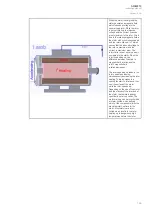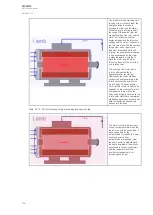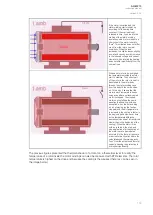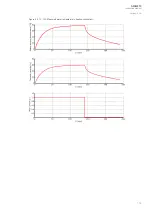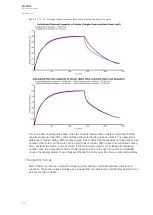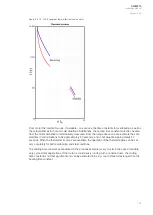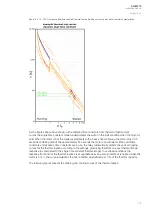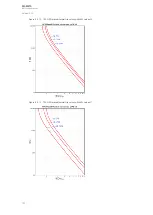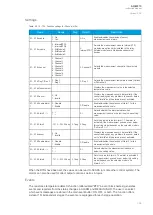
Figure. 5.3.13 - 135. NPS-biased thermal trip curves with k
NPS
value of 10.
Function inputs and outputs
The blocking signal and the setting group selection control the operating characteristics of the function
during normal operation, i.e. the user or user-defined logic can change function parameters while the
function is running.
The outputs of the function are the TRIP and BLOCKED signals. The overvoltage function uses a total
of eight (8) separate setting groups which can be selected from one common source. Additionally, the
function's operating mode can be changed via the setting group selection.
The operational logic consists of the following:
• input magnitude processing
• thermal replica
• comparator
• block signal check
• output processing.
The inputs for the function are the following:
• setting parameters
• measured and pre-processed current magnitudes.
The function's output signals can be used for direct I/O controlling and user logic programming. The
function generates general time-stamped ON/OFF events to the common event buffer from each of the
two (2) output signal. The time stamp resolution is 1 ms. The function also provides a resettable
cumulative counter for the TRIP, ALARM 1, ALARM 2, INHIBIT and BLOCKED events.
The following figure presents a simplified function block diagram of the machine thermal overload
protection function.
A
AQ
Q-M210
-M210
Instruction manual
Version: 2.04
182

